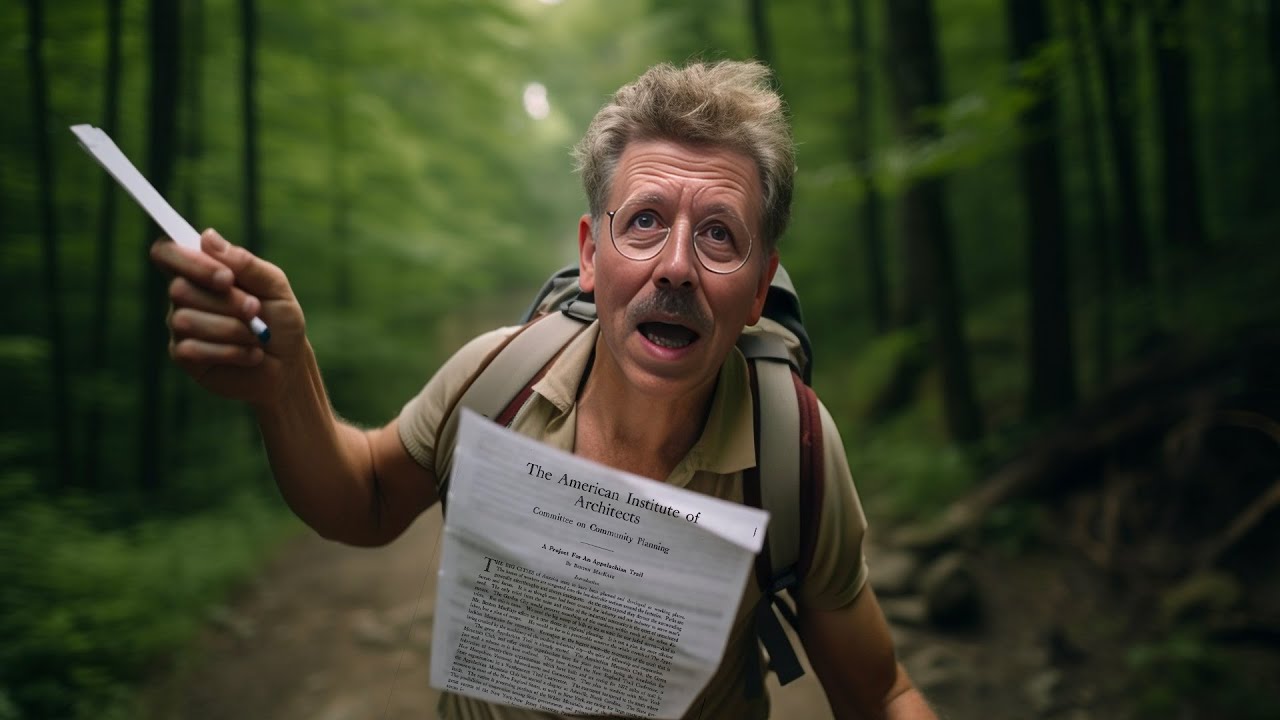Overview of Rhode Island’s Land Characteristics
Rhode Island, the smallest state in the United States, is renowned for its diverse and unique land characteristics. Located in the New England region, this state boasts a combination of coastal features, forests, rivers, and stunning natural landscapes. With an area of approximately 1,214 square miles, Rhode Island may be small in size, but it is big in terms of natural beauty and geographical diversity.
Geographical Location and Size of Rhode Island
Situated in the northeastern part of the United States, Rhode Island is bordered by Connecticut to the west and Massachusetts to the north and east. It also has a picturesque coastline along the Atlantic Ocean to the south. Despite its small size, the state offers a variety of landscapes within its boundaries. It stretches approximately 48 miles from east to west and about 37 miles from north to south, making it the smallest state in terms of land area.
Terrain and Topography of the Land
Rhode Island’s terrain is primarily characterized by rolling hills and low mountains, which cover about 60% of the state’s land. The western part of the state is known for its hilly landscapes, while the eastern region is relatively flatter. The highest point in Rhode Island is Jerimoth Hill, standing at 812 feet above sea level. The state’s topography offers breathtaking views, especially during the fall season when vibrant foliage blankets the hills.
Coastal Features and Beaches in Rhode Island
Rhode Island’s coastline is a defining feature of the state, stretching approximately 40 miles along the Atlantic Ocean. It is dotted with picturesque beaches and harbors, making it a popular tourist destination. From the tranquil shores of Narragansett Bay to the sandy beaches of Newport and Block Island, Rhode Island offers a diverse range of coastal landscapes. These beaches provide opportunities for swimming, sunbathing, and water sports, attracting both locals and visitors alike.
Forests and Natural Vegetation in the State
Despite its small size, Rhode Island is home to a variety of forests and natural vegetation. Approximately 57% of the land is covered by forests, including deciduous trees such as oak, maple, and birch. These forests provide a habitat for numerous wildlife species, including deer, foxes, and various bird species. Walking through these lush forests, visitors can experience the serenity of nature and revel in the beauty of the changing seasons.
Rivers, Lakes, and Water Bodies in Rhode Island
Rhode Island’s land is crisscrossed by several rivers, lakes, and ponds, enhancing its natural beauty. The most prominent river is the Blackstone River, which flows through the northern part of the state. Other notable rivers include the Pawtuxet River and the Pawcatuck River. In addition to rivers, Rhode Island is dotted with numerous lakes and ponds, such as the Scituate Reservoir and Worden Pond. These water bodies not only provide scenic views but also serve as recreational spots for fishing, boating, and other water activities.
Notable Geographic Features and Landmarks
Rhode Island is home to several notable geographic features and landmarks. Block Island, located about 12 miles off the coast, is a popular tourist destination known for its stunning bluffs and picturesque views. Newport’s iconic Cliff Walk, a 3.5-mile-long trail, offers panoramic views of the Atlantic Ocean and opulent mansions. The stunning natural rock formations at the Napatree Point Conservation Area and the Great Swamp Wildlife Refuge are also worth exploring. These landmarks showcase the diverse and captivating geography of Rhode Island.
Climate and Weather Patterns in Rhode Island
Rhode Island experiences a humid continental climate, characterized by warm summers and cold winters. Its proximity to the Atlantic Ocean moderates temperature extremes. Average temperatures range from the mid-80s Fahrenheit (around 30 degrees Celsius) in summer to the mid-20s Fahrenheit (around -5 degrees Celsius) in winter. The state receives a moderate amount of precipitation throughout the year, with snowfall in winter. Rhode Island’s weather patterns contribute to the lush vegetation and scenic landscapes found throughout the state.
Impact of Land Characteristics on Agriculture
The land characteristics of Rhode Island have a significant impact on agriculture in the state. Despite its small size, Rhode Island has a thriving agricultural industry, mainly focused on livestock farming, dairy production, and crop cultivation. The fertile soil found in the valleys and coastal plains supports the growth of crops such as corn, potatoes, and fruits. The state’s diverse terrain allows for a variety of agricultural practices and microclimates, contributing to the state’s agricultural productivity.
Land Use and Urban Development in Rhode Island
Rhode Island’s land use is primarily divided between urban development and natural landscapes. With its proximity to major metropolitan areas such as Boston and New York City, urbanization has played a significant role in the state’s land use. However, efforts have been made to balance development with preservation. The state has designated areas for conservation and protected open spaces to maintain the integrity of its natural landscapes. The city of Providence, the state capital, is the most populous urban center in Rhode Island.
Environmental Concerns and Conservation Efforts
Rhode Island faces various environmental concerns, including urban sprawl, water pollution, and the loss of natural habitats. To address these issues, the state has implemented several conservation efforts. Land trusts and organizations work to protect and preserve open spaces, forests, and farmlands. These organizations also focus on improving water quality and preserving coastal ecosystems. Rhode Island’s commitment to conservation ensures the preservation of its unique land characteristics for future generations to enjoy.
Conclusion: Rhode Island’s Unique Land Characteristics
Rhode Island may be small in size, but it boasts a diverse range of land characteristics that make it truly unique. From its picturesque coastline and sandy beaches to its rolling hills, lush forests, and thriving agricultural lands, the state offers a rich tapestry of natural beauty. Its rivers, lakes, and notable landmarks further add to its charm. While facing environmental concerns, Rhode Island remains dedicated to preserving its land through conservation efforts. Exploring Rhode Island’s land characteristics is an opportunity to appreciate the beauty and diversity of the natural world in this small but captivating state.





